The content of the article
Cold floor in the apartment - the number one problem. Residents of the first floors suffer from constant blows from below. Even if you warm the ceiling and walls, you will not correct the situation, since the main zone of contact is the floor covering. Only one way out. High-quality floor insulation not only creates comfort in the rooms, but also reduces the material costs of heating.
Types of insulation, which is better to choose
Types of existing heaters allow you to make a choice that is most suitable for each individual case. Bulk materials, plates, rolled option, and also liquid structure, everyone is suitable for warming of a floor on the first floor.
Bulk materials
The varieties of bulk insulation materials include expanded clay, foam plastic, slag, and some others.Their advantage is the ability to maximize the space between the existing crate. Expanded clay also has low thermal conductivity, high strength and durability.
Plate materials
This type of insulation is also divided depending on their main component. These are mineral wool, polystyrene foam, foam plastic, basalt fiber, vermiculite and others. They differ in ease and low heat conductivity. To improve thermal insulation, they are used in combination with rolled insulation.
Polyfoam - the environmentally friendly finishing material, available at the price, but differs in fragility and melts when heating. A more successful option is expanded polystyrene, which has a greater density, moreover, it is not combustible.
Vermiculite is also an environmentally friendly material, but in the plate version is expensive. An alternative may be its granular form, which is much cheaper.
Roll materials
In this form, they produce mineral wool, cork mats, foiled insulation with different number of layers.
Some species from this category have a small thickness, so to preserve the heat of the floor they are best combined with thicker varieties.As for the mineral wool, which is an excellent thermal insulator, it copes with the task, as an independent option. Add another low cost and get a great solution to the problem.
Liquid insulation materials
This insulation is a mixture of cement solution with expanded clay, foam chips or wood chips.
Popular liquid insulation - Penoizol. It is a polymer having a foamed structure. They fill the entire space with the help of specialized equipment.
There is still an environmentally friendly, but rejected by many material. Vegetable fiber from straw, pressed into mats, is a great alternative to modern materials. The only negative point - after the expiration of time decomposes, like any organic matter.
One of the factors influencing the choice of insulation is the type of floor base - concrete or wood. Also, the presence or absence of a basement affects the design features of the insulation process.
Concrete floor insulation
On the one hand, the concrete base is durable, which is why it is the main material for flooring in apartment buildings. But it firmly keeps the cold.This is especially noticeable on the first floor, regardless of whether there is a basement or the floors are near the ground. In any case, a heat insulation device is required.
In the presence of a basement, it is necessary to provide for waterproofing, since dampness that forms below will be deposited on the walls in the form of mold.
- It is necessary to begin floor insulation with preparatory work. Remove the clean coating, check the concrete base for cracks, crevices and other deformations. Existing defects should be eliminated by filling with cement mortar and left to dry completely. Then the surface is treated with impregnation, specifically designed to strengthen the cement and concrete.
- Next, the waterproofing layer is laid, which is successfully used as a polyethylene film. Its edges should be placed on the wall at 15 cm.
- The device frame under the warming material. On the pre-laid bars lay logs, and the structure itself is fixed to a concrete base.
- The next stage - laying insulation. The first layer can be loose. On top of it, the space between the structural elements is filled with any other type of insulation.
- For moisture-proof construction is covered with a waterproofing film, fixing it to the logs with staples.
This process of insulation can be completed. But if the height of the room and the family budget allows, you can enhance the insulating properties of the floor base. Plywood or board is suitable as a subfloor, it depends on the type of clean surface.
Wooden floor insulation
The floor of wood is practical, aesthetic appearance, environmental friendliness, it is warmer than concrete. But this type of coating on the first floor must be warmed. The technological process takes place in compliance with a certain sequence.
- Remove existing coating by checking its integrity.
- Fill the space between the lags with sheets of mineral wool or foam. If claydite is used as a heater, choose fine granulation. Loose pour and tamp, so that the backfilling is uniform and dense. But before you engage in expanded clay, lay waterproofing in the form of plastic film.
- The next layer is gypsum fiber sheets that differ from gypsum board with increased strength.The joints can be puttyed and the floor can be laid.
Insulation with expanded clay is the most reliable option for heat preservation. It can be laid on a concrete base. Differs in the minimum heat conductivity, low density, very easy.
Options for external insulation
A huge role in the insulation of the floor on the first floor will be played by external insulation, that is, a number of events held in the basement. This is not always realistic, and not every material is suitable for these purposes, but when conditions allow, this possibility should be used.
We can not ignore the existence of existing communications that interfere with the work. The use of mineral wool is unacceptable at high humidity basement. Observing fire safety standards, insulation foam also has a certain risk, but in some cases it is possible. Glue the sheets of insulation to the ceiling of the basement ready composition, sold in specialized stores. The joints fill with foam.
The best solution is to warm the door to the basement. Let a little, but the heat in this way can be saved.The access of cold air will stop if the air vent is closed in the basement for the winter period.
Warm floor
Heated floors of a new type, in addition to maintaining the thermal conditions of the floor covering, also increase the air temperature. Their varieties differ in the principle of operation and cost, both during installation and during operation.
- Infrared floors are a special purpose film. It is laid directly under the finishing coating.
- Electric ones are mounted in a screed or on top of a rough deck. Installation of such a floor is quite simple, but the negative point is its high power consumption.
- Water are a tube with circulating water. Buried in the screed. This is the most economical option for installation and operation. At first, one of the classic heaters is laid on the floor to reduce heat loss. At the top there is a reinforcing mesh, designed for fastening pipes with clamps. The tubes themselves are arranged in a spiral, water is poured into them. And only after a special test is performed tie. When it dries, you can proceed to the device clean floor.The effect obtained from the insulation in this way, will meet all expectations.
Each person is characterized by the desire for economy and comfortable conditions. To get both at the same time, it’s enough to use one of the ways to warm the floor in an apartment on the first floor. You will feel the comfort instantly, but the economic effect will be your companion for the duration of your stay in a warm room.
Video: floor insulation over a cold basement

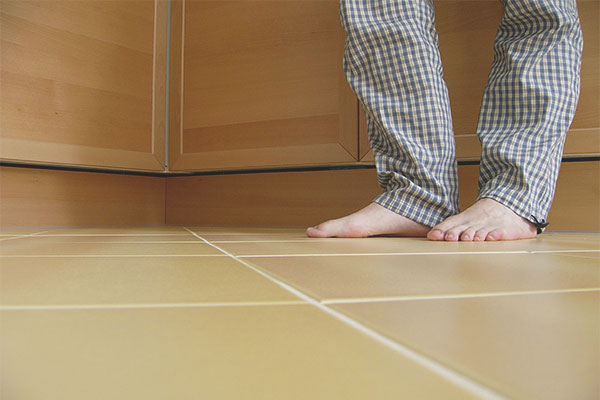
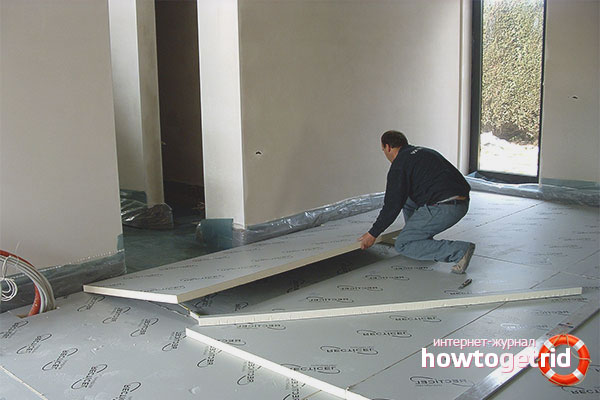
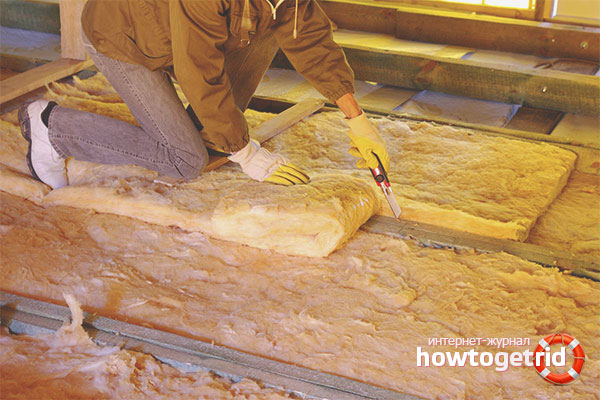
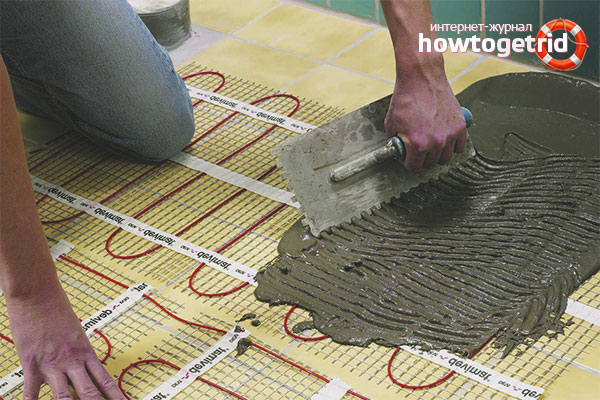







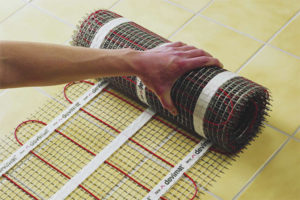


To send